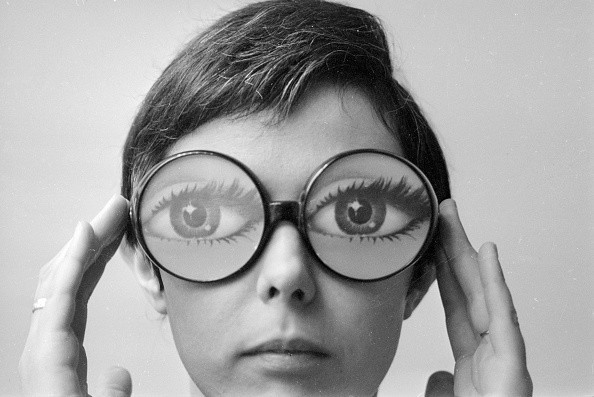In a new study, researchers have developed a neuromorphic device that is extremely thin while having the capability to replicate the capabilities of the human eyes and retain memories. This single-chip device has a wide range of applications that may be developed further into the future including self-driving cars, bionic vision, and more.
The study has future applications already in store that will help expand more of its capabilities, set for groundbreaking features to bring to the public.
Neuromorphic Device that Replicates the Eyes and Memory from Engineers

Researchers led by RMIT University, in partnership with Deakin University and the University of Melbourne, have developed a 3 nm-thin doped indium oxide neuromorphic device that is promising for future tech. The study was published in the Advanced Functional Materials journal which details the tech developed with centering on the single-chip device.
According to Neuroscience News, this compact device was made thinner compared to human hair and was developed to only use a single chip that also reduces power consumption for its use. It has the capabilities to process and store visual information, and at the same time, retain these "memories" that expand decision-making and computational processes.
Read Also : Researchers Discover New Treatment for Steel Alloy, Unleashing Unprecedented Strength, Elasticity
A Thin, Single Chip Device that Also Reduces Power Consumption
Professor Sumeet Walia of RMIT University, leader of the study, also said that this device may be applied for ultra-fast decision-making technology that has reduced power consumption to traditional devices. It may be applied for use in creating bionic vision in the future, as well as for self-driving cars that need real-time decision-making.
Moreover, it acts like an optic nerve that has the tech it needs, expediting the process of transferring data, as a single-chip neuromorphic device.
Studies that Mimic the Human Vision with Incredible Feat
Human eyes are some of the most advanced organs in the body, and this is something that people may already know, but do not entirely grasp the concept of its massive importance and feat. Studies have already looked into replicating the human eyes, and there is one study that claimed that it tried to mimic it for robotic applications or electric vehicles.
As much as the eye is important to the body, some people are either born without vision or were taken away from them due to medical issues or accidents that led to their blindness. One study featured a group of scientists developing retinal implants that would help restore sight for blind people, helping them see the world again through tech and surgery.
With the wonders of the eyes being established as one of the most incredible features that living creatures have including humans, multiple studies have tried to mimic it and bring its features to technology. The work of the engineers from RMIT, Deakin, and the University of Melbourne brings significant applications that may advance future developments soon.

ⓒ 2025 TECHTIMES.com All rights reserved. Do not reproduce without permission.




